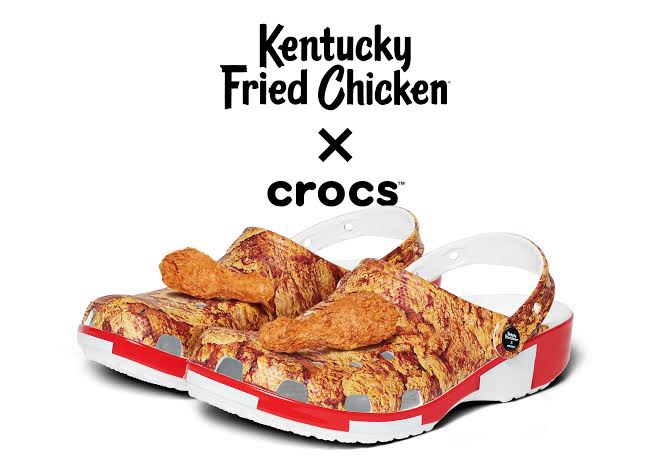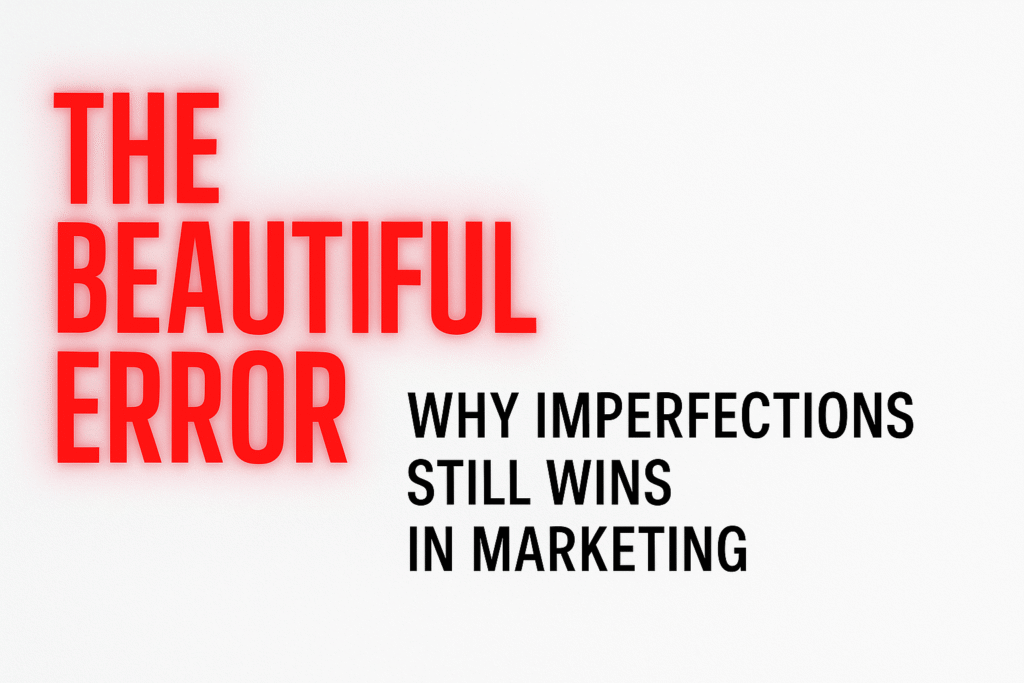
The Beautiful Error: Why Imperfections Still Win in Marketing
In marketing, perfection is overrated. The glossy, polished, pixel-perfect campaigns often fade into the noise, while the ‘flawed’ ones—the typo that sparks conversation, the ad that laughs at itself, the brand that dares to look human—tend to cut through. These are what I call beautiful errors: deliberate or embraced imperfections that make brands feel more alive, more memorable, and more trusted.
KFC’s ‘FCK’ Bucket (2018)
When the chain ran out of chicken in the UK, it apologized by rearranging its own logo into ‘FCK’. Instead of shame, it earned laughs and respect.
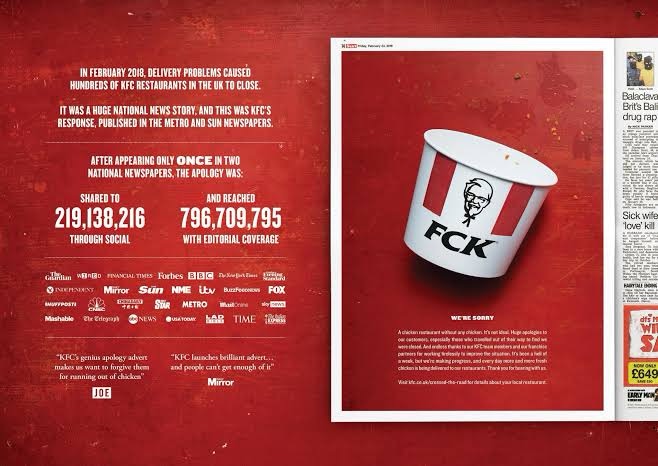
IHOb (2018)
IHOP pretended to change its name to IHOb (International House of Burgers). People mocked it—but also tweeted, memed, and debated it. Result: burger sales quadrupled.
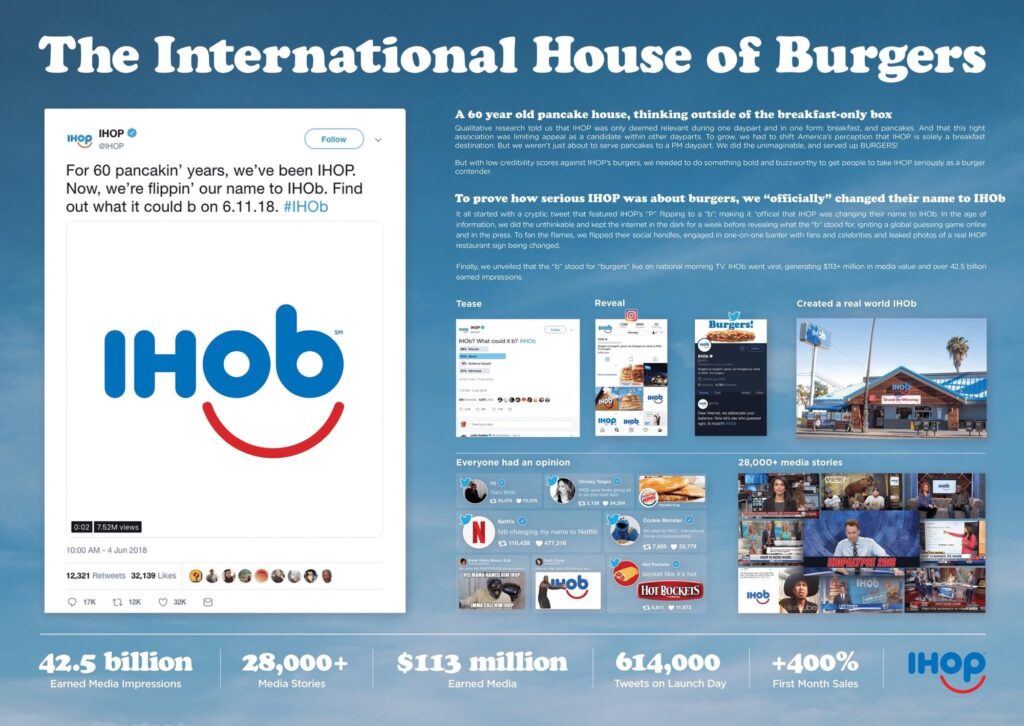
Intermarché’s ‘Inglorious Fruits & Vegetables’ (2014)
By celebrating ‘ugly’ produce, the French supermarket sold what others discarded—and turned imperfection into a movement.
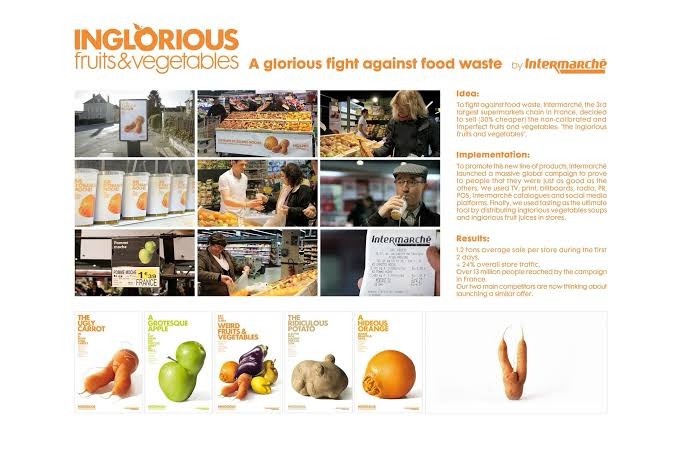
Crocs
Why Crocs is a “Beautiful Error”
The “flaw”: For years, Crocs were mocked as the ugliest shoes ever made. Memes, late-night jokes, and fashion critics all called them a mistake. The pivot: Instead of fighting the “ugly” perception, Crocs leaned into it. They embraced their clunky design, made bold neon colorways, and launched meme-like collaborations (with Balenciaga, Post Malone, even KFC buckets). The result: By owning the imperfection, Crocs flipped the narrative. What was once a punchline became a statement of individuality. Gen Z, in particular, adopted Crocs as a symbol of “so-ugly-it’s-cool” authenticity. Impact: Their revenue surged past $4 billion in 2024, proving that imperfection—when claimed with confidence—can create cultural relevance and big business.
